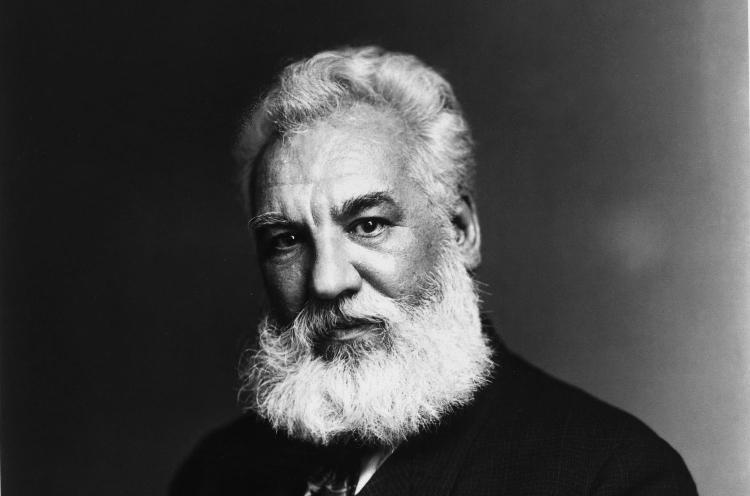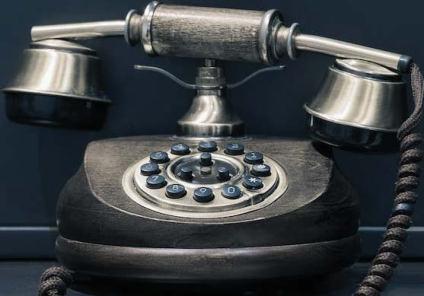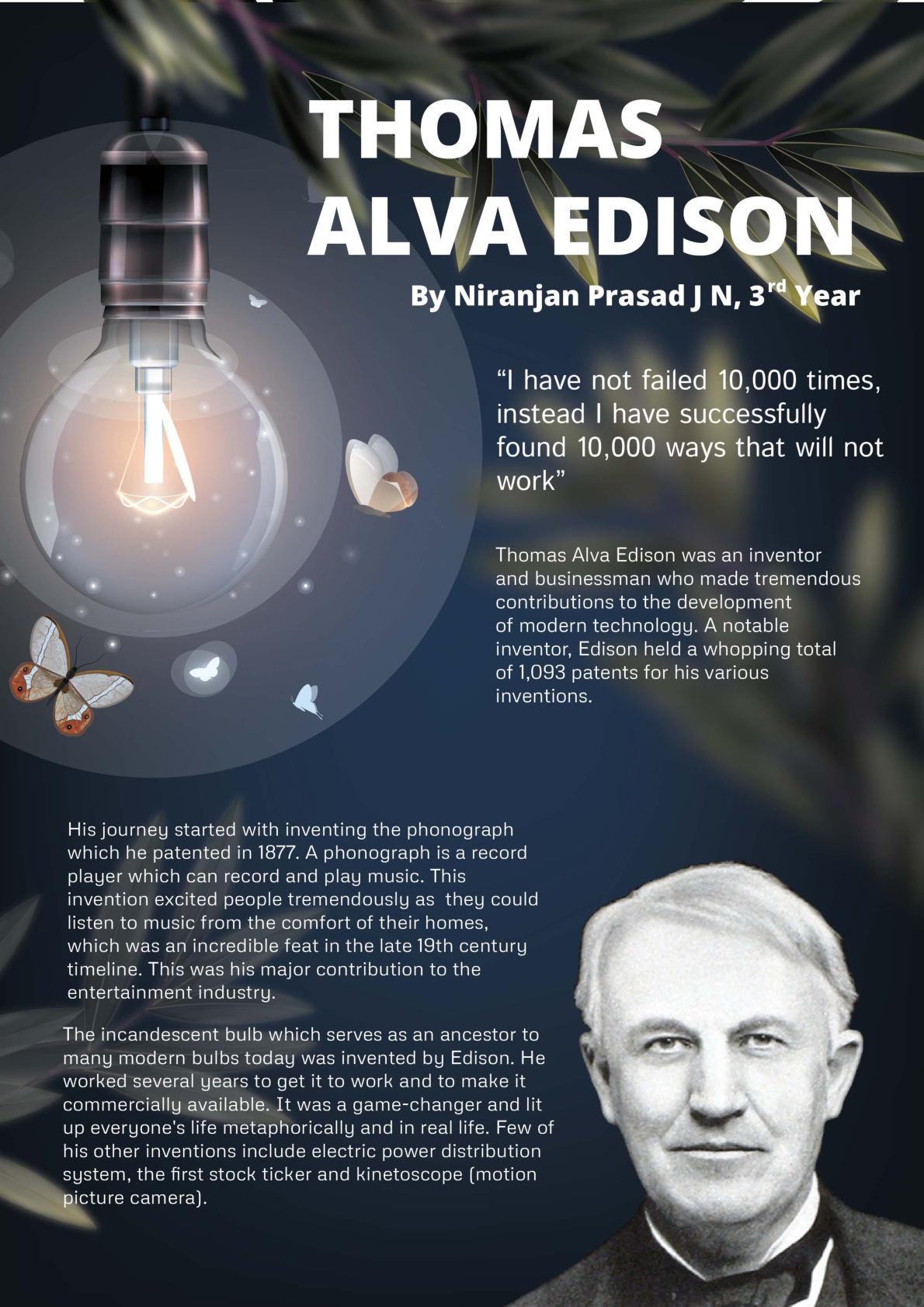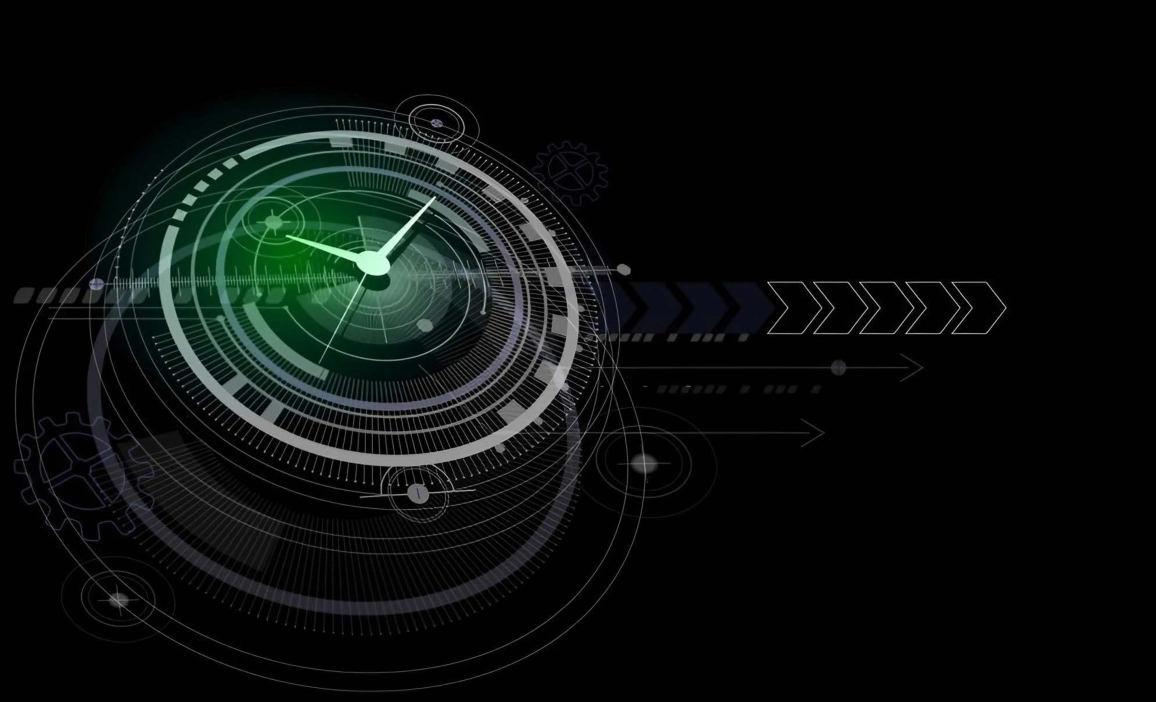
2 minute read
TELEPHONE
By Sofiya Saffrin S, 2nd Year
For every mode of modern communication that we use today, the telephone laid the first stone. We all know that Alexander Graham Bell invented the telephone. It was not only him. There were a series of attempts before that. Some even succeeded, but they were not fit for commercial use.
Advertisement
Around 1840, American Charles Grafton Page used a wire coil between a horseshoe magnet’s poles to conduct electricity. He noticed that reversing the current produced a ringing sound in the magnet. This effect was termed galvanic music by him. The first make-and-break telephone was proposed in 1854 by French telegraph engineer Charles Bourseul.
Meucci spent many years learning the fundamentals of electromagnetic voice transmission, and in 1856 he made his goal of speaking through wires a reality. To talk with his unwell wife at the time, he placed a telephone-like device inside his home. The fundamentals of electromagnetic voice transmission, or the telephone, are described in some of Meucci’s notes in 1857.
From 1857 onward, the Reis telephone was developed. Since the relative positioning of the needle and the contact was essential to the transmitter’s functionality, using the device was challenging. While it did transfer voice sounds electrically over distance, it was barely a commercial telephone in the contemporary sense. Standard Telephones and Cables, a British corporation, tested the Reis device in 1874. (STC). The outcomes showed that speech could be sent and received with high quality but at a modest volume.
In New York, Antonio Meucci exhibited a voice-activated electric device. Philipp Reis created the first telephone capable of transferring speech. Graham Bell employed a two-way “gallows” phone in 1875 that sent “voice-like sounds” but not intelligible speech. The membrane electromagnet devices used in the transmitter and receiver are the same. The same year in November, Thomas Edison constructed an electro-dynamic receiver as part of his acoustic telegraphy research but did not use it. Elisha Gray created a liquid transmitter for a telephone in 1876. Bell broadcasted the following in 1876: “Mr Watson, come here! I want to see you!” employing an electromagnetic receiver and a liquid transmitter. Bell places a call on the telegraph line connecting Brantford, Ontario, and Paris, Ontario, which is eight miles (13 kilometres) away. This call is known as the “world’s first long-distance call.”
From the string telephone to the iPhone, we have seen a revolution in telecommunication that’s still evolving. Our day-to-day requirements are increasing, and so are the developments in telecommunication. After food, clothing, and shelter, telecommunication has become a necessity. Not a single day passes without the use of a phone.
Telecommunication has brought the world to our hands. Today we can do anything and everything with a phone and the internet. Like others, it has its own disadvantages. With the correct use, it’s possible to accomplish great things.



்ப்ட ்கெைலொக்கெம் ்பல நன்டைகெடளேக் ்ககெொண்டுள்ளேது.
அளேவிலொன
அனுைதிக்கிறது
மீட்்டடைத்�ல் – (கெணி� அல்லது நிகெழ்�கெவு ைொதிரி அல்லது ்ப்ட சிட�வின் அடிப்்பட்டயில்)
4. வண்ைப்
மூலத் �ரடவ ்கெைலொக்கெப்்பட்்ட �ரவுகெளேொகெ ைொற்றுவ�ற்கெொன









